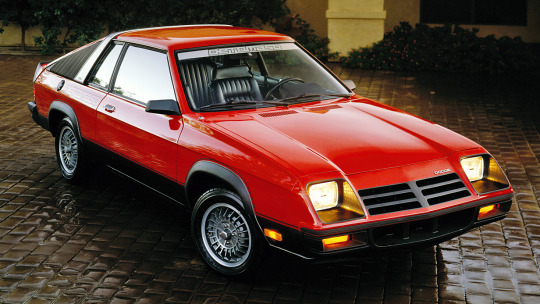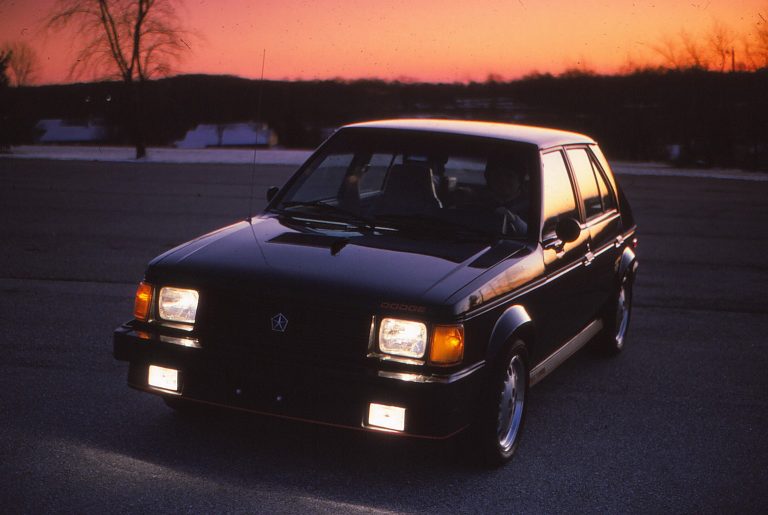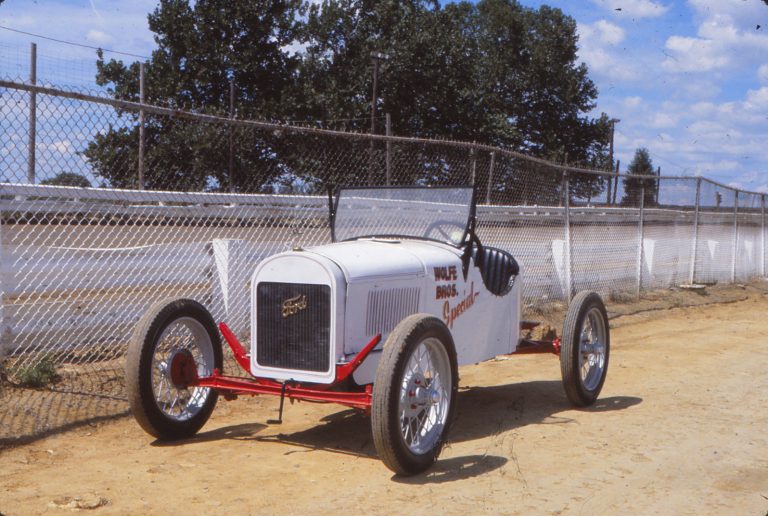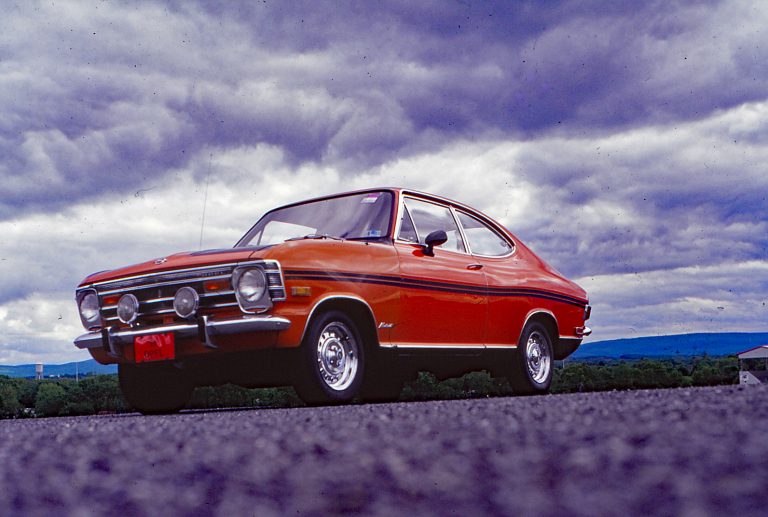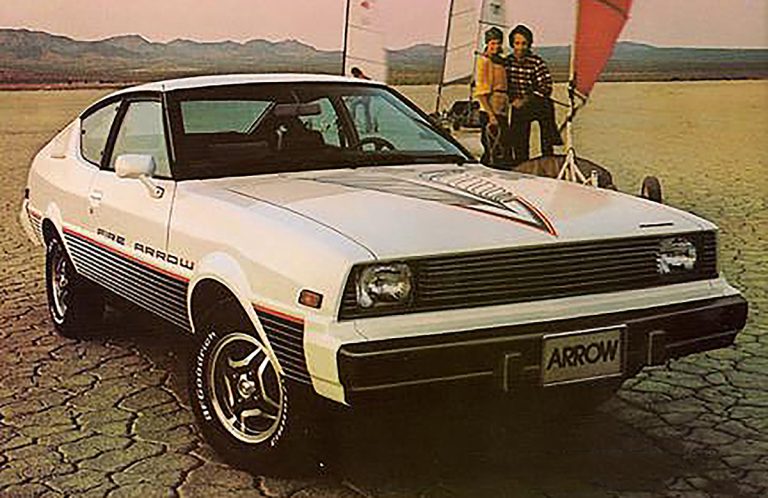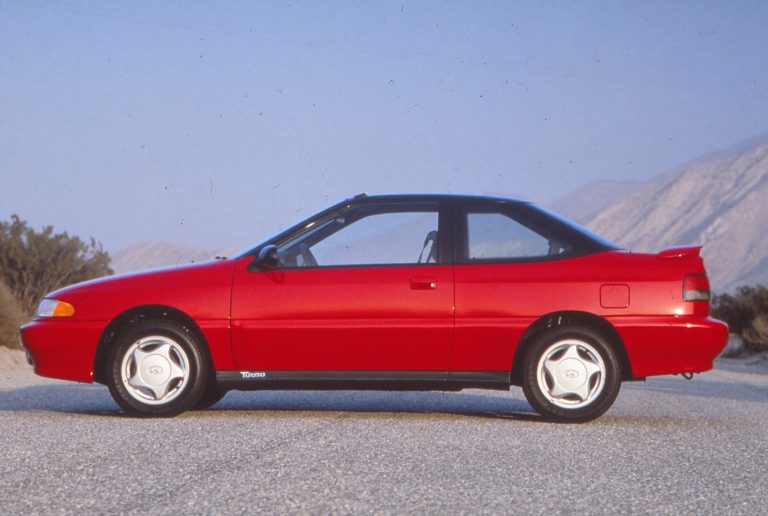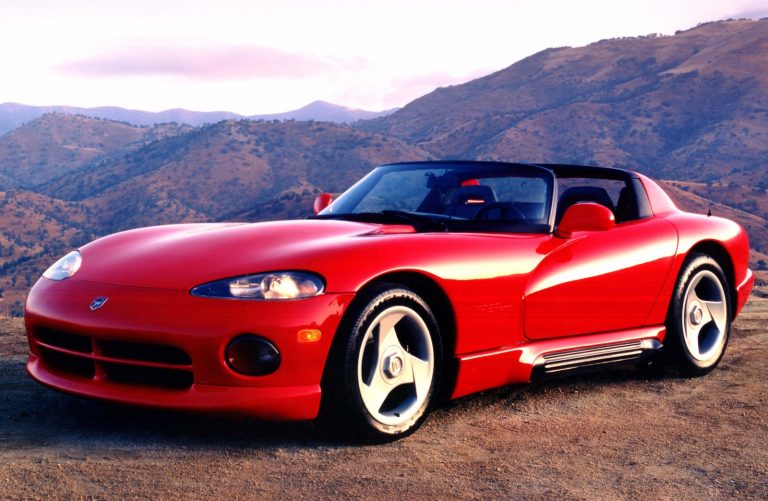It should have been no surprise that in 1978 when Chrysler introduced its first homegrown front-drive subcompacts – the Dodge Omni and Plymouth Horizon – it would follow later in the year with a pair of two-door coupes. Called the Dodge Omni 024 and Plymouth Horizon TC3, they shared identical sheet-metal and running gear, a 1.7 liter in-line four set transversely in the front end and driving the front wheels. Volkswagen supplied the short block, stroked from 1588cc to 1716cc for Chrysler. Although the coupes had 2.5 inches clipped from their wheelbase, they shared the basic – and VW Rabbit -like – McPherson strut front suspension and twist beam rear suspension.
It wasn’t much but it was enough in the automotive desert of the late Seventies to create a minor stir. Motor Trend tested the TC3 and called it “a very significant automobile,” and “an indication of where the American sports coupe is heading.” That was away from cars such as the Camaro and Firebird, and towards smaller, more fuel economical coupes, “a new generation spawned by government regulations that favor economy and handling over cubic inches.” With the then still fairly novel soft-fascia front end hiding the real bumper, the 024 was able to achieve a CD of .395, reportedly the lowest of any car then made in North America.
History originally published in Sport Compact Car June 1998; republished by author John Matras.
That said, Car and Driver stated that the old 024 “fared very well” any five-way comparo of the best super coupes of the era. What did that take? Zero-to-60 mph in the mid-13 second range and a quarter-mile time of 19 seconds. That’s not even mediocre by today’s standards, but Car and Driver would tout the 024’s “Scirocco-like zip.”
To spark market appeal – as a corporate type might put it – special editions of the TC3 and 024 were added. Plymouth conjured up a European-sounding “Turismo” for its special, while Dodge traded on Iacocca’s relationship with Alejandro De Tomaso for a boutique version of the 024. The Dodge Omni De Tomaso 024 was supposed to rekindle vague recollections of the De Tomaso Pantera, though not so specific to recall that the mid-engined exotic was powered by a Ford engine and was sold by Mercury dealers.
To make a De Tomaso 024, Dodge asked for $1575, took the standard coupe and added a brushed-stainless “targa” roof band, rear-quarter window louvers, fender flares, and a leather wrapped steering wheel and oodles of flat black paint and accents. To make sure no one missed the point, large “De Tomaso” decals were applied to the rear fenders and the obligatory tinted band with “De Tomaso” lettering went on the top of the windscreen. Dodge also required the De Tomaso 024 to have sport suspension, power brakes, alloy wheels with P185/70R13 Goodyear GT radials, front and rear spoilers and a tachometer, plus the four-speed manual transmission. Serve up in, say, bright yellow paint and the De Tomaso 024 would hardly go unnoticed. It was something, said David E Davis, then with Car and Driver, that “looks like any teen-age pump-jockey could put together.” Indeed, all functional parts were on the regular options list, so even undergrads at Gas Pump Tech could do, save for the cosmetics.
Over-styled or not, the De Tomaso left more to be desired then a boost in performance. The back seat of the 2+2 lacked headroom and the front buckets looked – and felt – more like mushrooms than, well, bucket seats. Car and Driver called it “the best road car Chrysler makes” and the “closest thing to a Scirocco in America.” Not perfect by any means, the De Tomaso 024 was a “rough-and-tumble, bat-around car as equally happy clipping apexes, dodging taxis or bulleting down the Interstate.”
There was hope that the De Tomaso would be called upon for more than his name. Alas De Tomaso’s involvement – for better or worse – went no further than signing Chrysler Corporation checks. In 1981 a home-grown 2.2 -liter Chrysler engine debuted and the Dodge coupe it went into was called Charger. With more power and a new name, it left the DeLorean 024 in the dust. So much for designer labels.
Addendum: You’ll see the Dodge Omni 024 De Tomaso in lists of the world’s worst cars or some such. Obviously the list makers didn’t live through the malaise era of automobiles. The K-car, the platform for everything from Chrysler from the minivans Dodge Caravan/Plymouth, to the Dodge/Plymouth Omni, to the Chrysler LeBaron. The Omni included not only the 024 coupe but also the Dodge Omni GLH Turbo.



